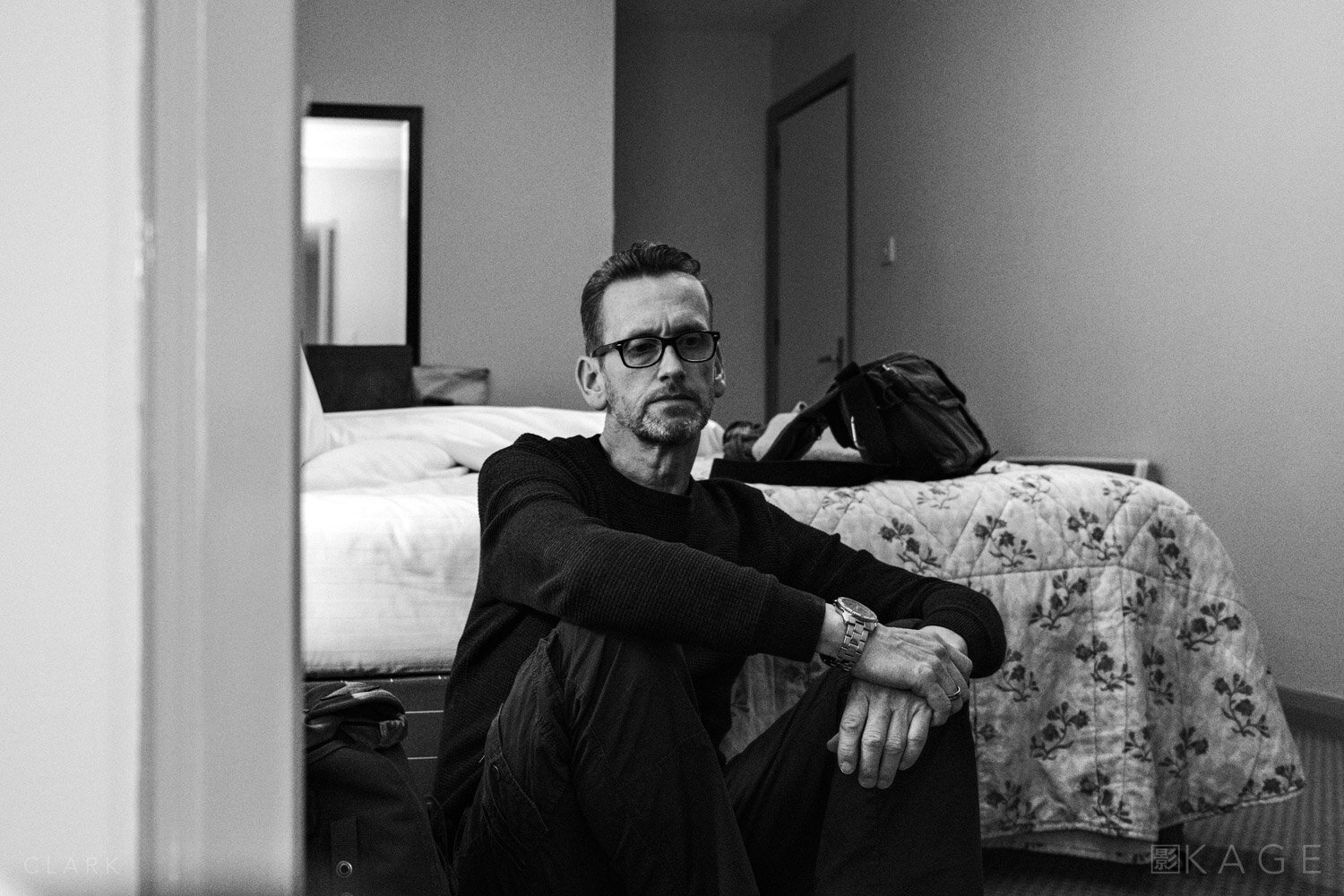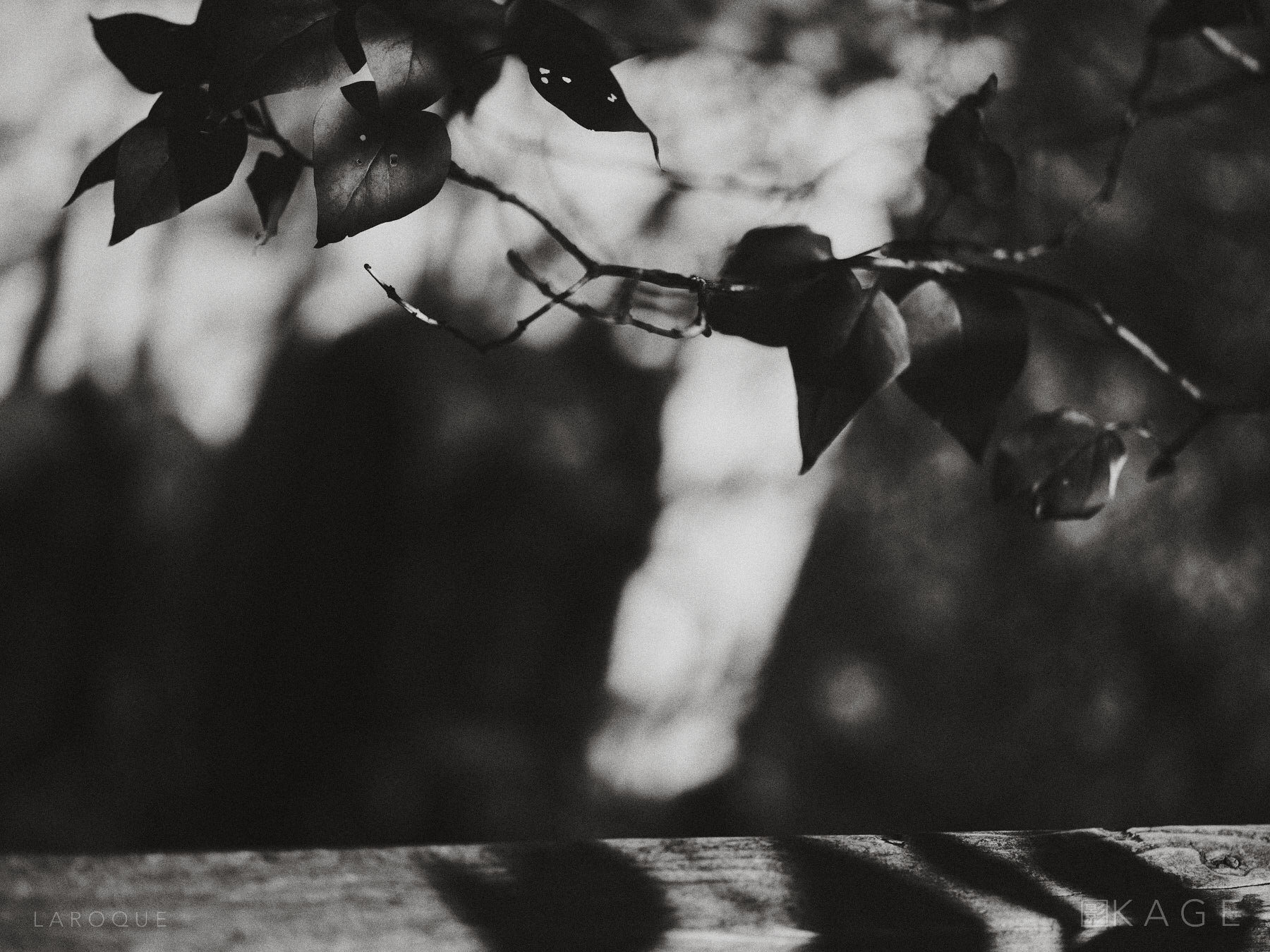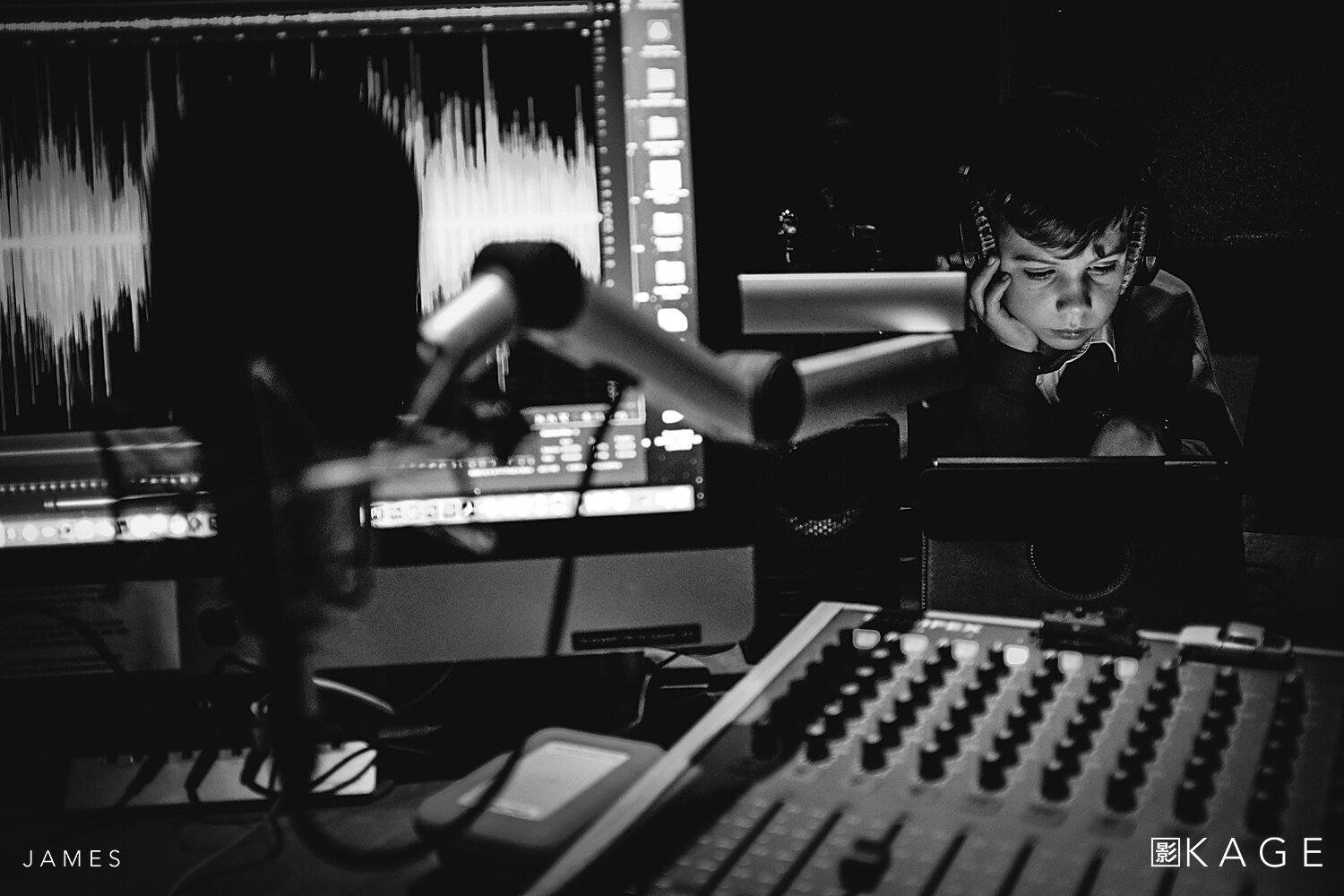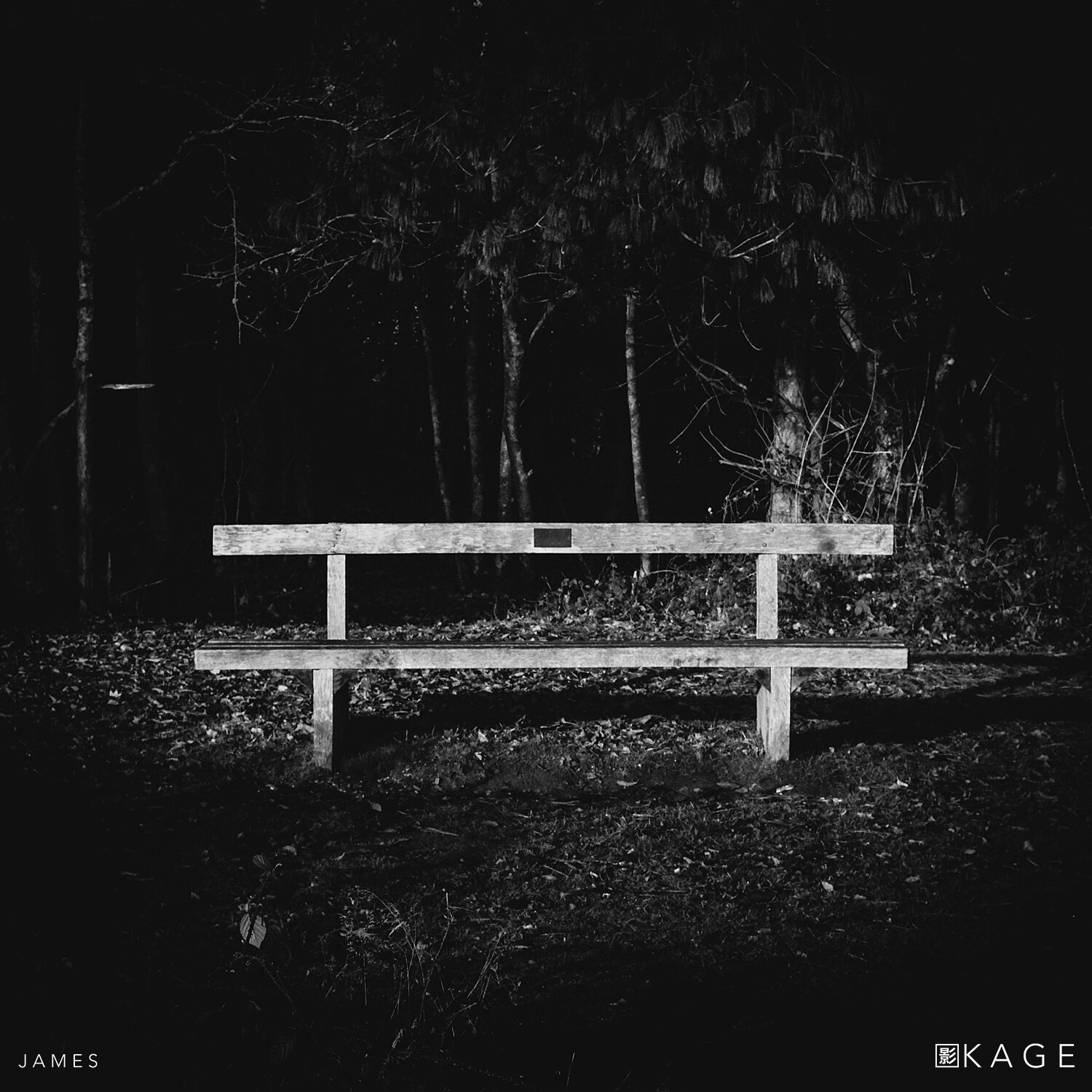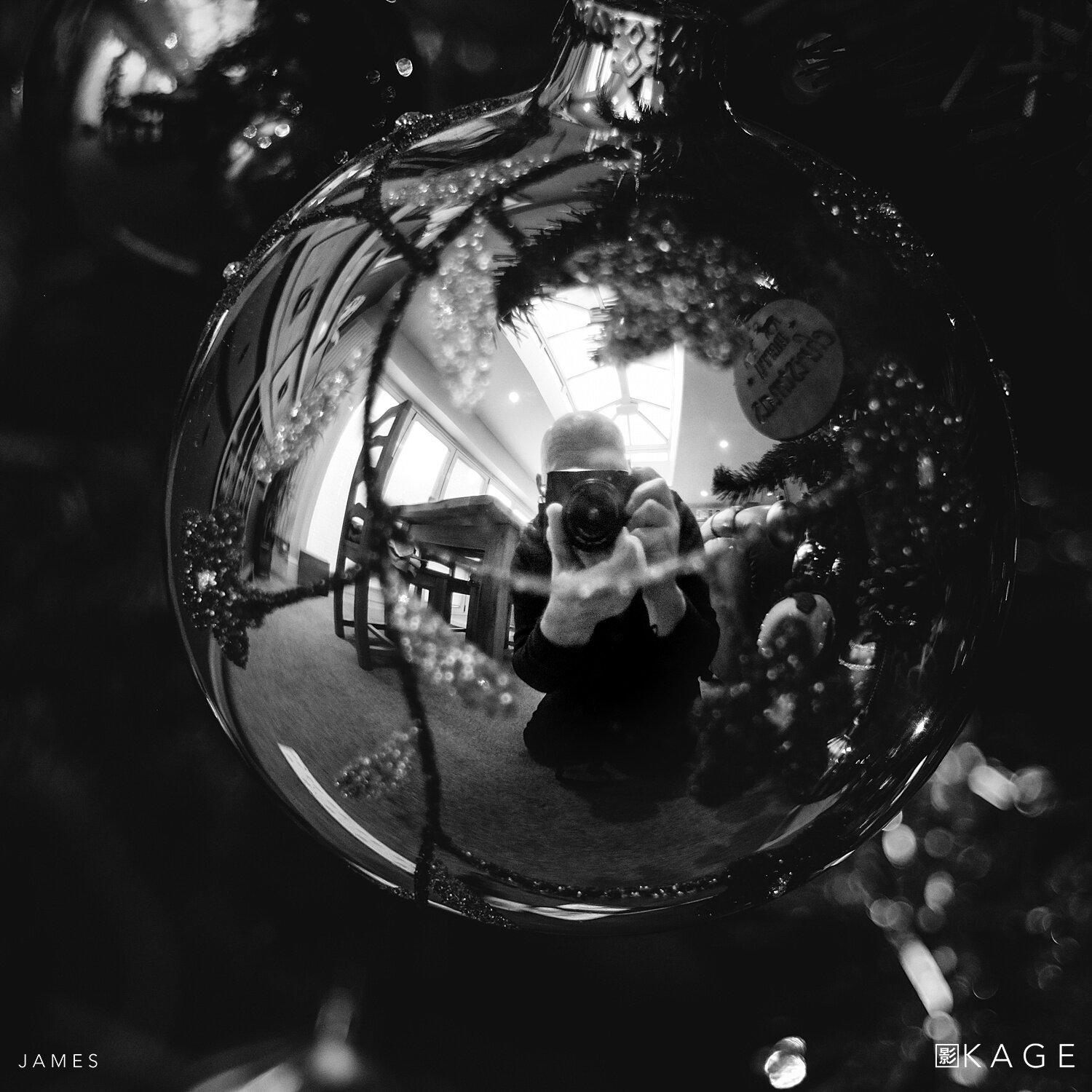By Patrick La Roque
One year of the pandemic. I’m sick of it, you’re sick of it…we’re all tired of hearing or reading about it. But I write this on March 11, 2021—the official, international commemorative day; it’s hard not to acknowledge. The flags here are at half-mast and the church bells rang as we observed one minute of silence. What some people have lost is beyond words.
It was clear from a recent meeting that all of us in the collective (like most of you, I’m sure) have also been deeply affected creatively. But it was obvious we all needed to get our act together and carry on. Feeling inspired may be hard, opportunities may still be few, but settling into apathy is the worst thing any of us could do. Eventually, it only leads to a mild dissolution of our soul.
Besides: life appears to finally be changing for the better. Jonas—our resident physician on the front lines—was vaccinated. We all should be in the coming months. We’ll step out of our closed circles again, tentatively at first, I imagine, but with increasing confidence.
We’re a stubborn bunch, us humans.
…
The Chain isn’t a theme, but a mechanism. We’ve decided to steer clear of an overarching subject this time, and instead use each story as a springboard for the next one. If you’re familiar with the surrealists’ exquisite cadaver (or corpse) technique, the concept is similar (1). The idea is that each of our individual essays will be inspired by an image from the one that came before. We’ll then have six days to find and prepare the following week’s content.
Of course, as the first one in line I get to cheat, don’t I? Well, sort of. Last week I read about a re-edition of Robert Adams’ Summer Nights, Walking, from Steidl. Leading me to New Topographics. I love the work behind this movement, but I’ve also always been envious of the name they chose. Downright jealous, really, of how powerful those words look on a page, the images they conjure, and how well they fit their subject: Photographs of a Man-Altered Landscape. Damn.
Long story short, I used this as my springboard, to force myself into a somewhat similar framework to the one we’re adopting. The pictures have nothing to do with the movement or its approach, but they do illustrate a makeshift topography which wouldn’t exist without man’s imprint. And they connect to our still inescapable reality—where imagination remains our only means of travel, however abstract.
We’re excited about this new project and hope you’ll enjoy where it takes us. In the immortal words of Fleetwood Mac: chain, keep us together.
…………………….
With the exception of only seeing part of the previous contribution. That would be hard to do in this case.


























































